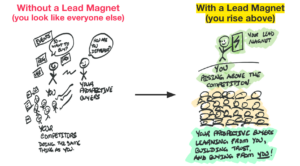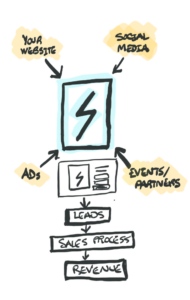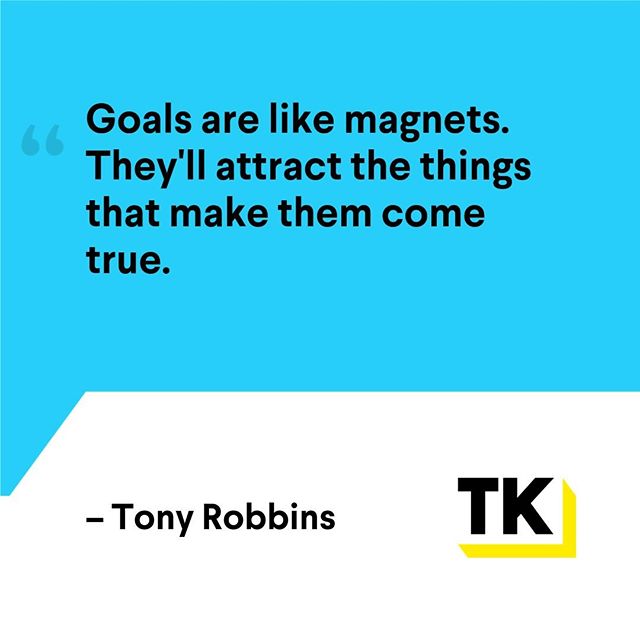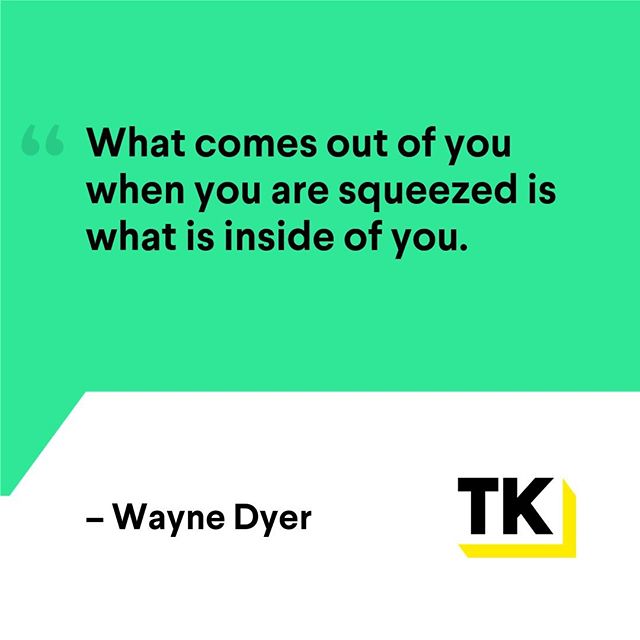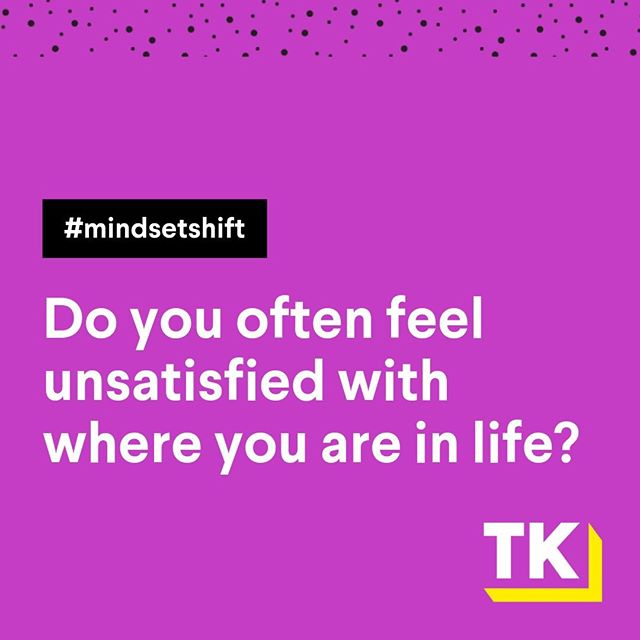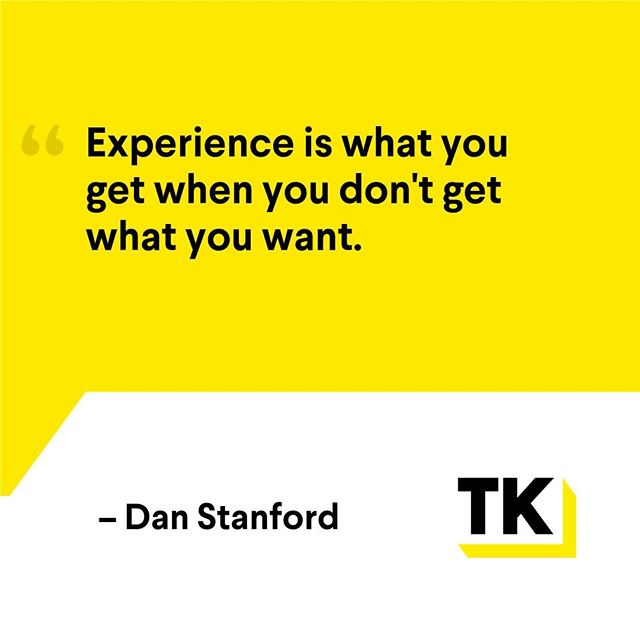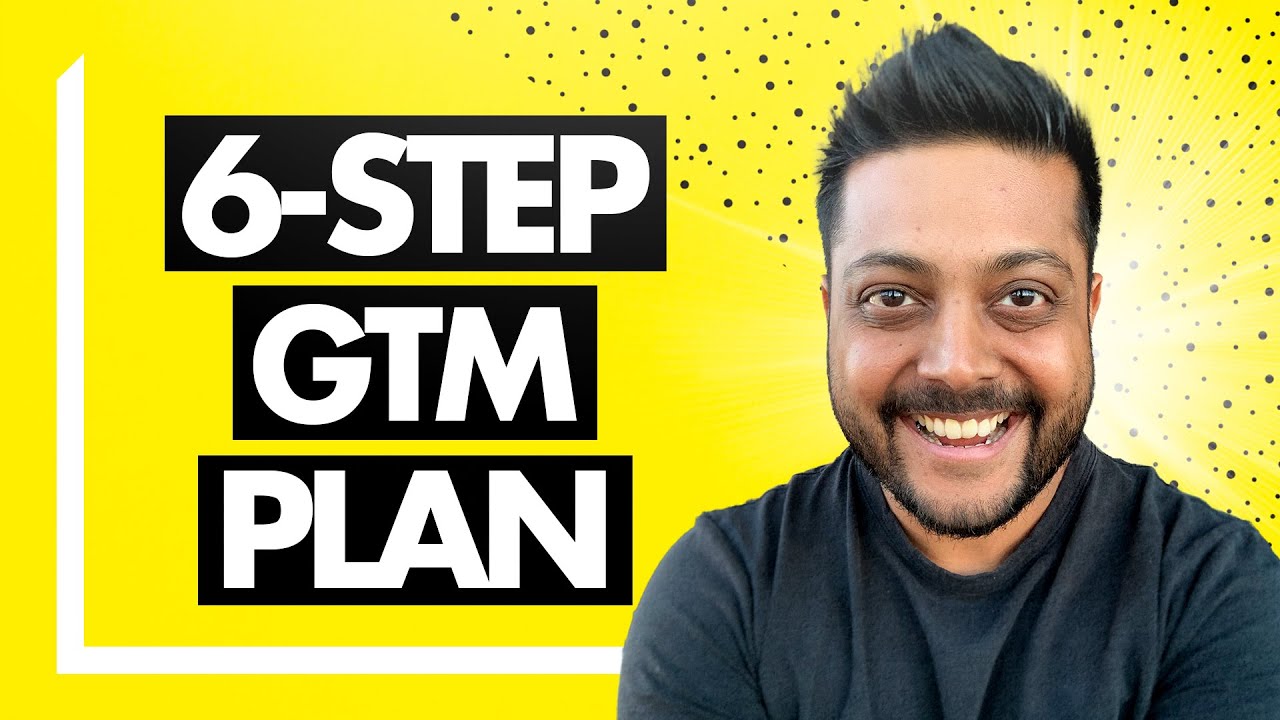75% of buyers are more likely to buy when they have consumed relevant content from your SaaS business. If you want to build awareness in your market, rise above the competition, and generate quality leads that turn into real meetings… You need a Lead Magnet.
In this blog, I uncover the three critical components to fixing your under-performing lead magnet so that you can build trust, generate quality leads, and drive revenue growth.
What is a Lead Magnet?
A lead magnet is valuable content that is designed to attract potential customers and lure them into engaging with your SaaS solution. The content should provide relevant, high quality information or resources that address the specific pain points or challenges your ideal customers may be facing. It should also showcase the transformation your SaaS solution will bring to the space. Ideally, your ideal customers will be attracted enough to provide their contact information in exchange.
Why is Having a Lead Magnet Important?
There are several reasons why a lead magnet is crucial to the success of a B2B SaaS business.
- Audience Engagement: They address specific pain points, challenges, or informational needs. These incentives create a positive interaction and keep your audience engaged.
- Credibility: A well-crafted one showcases the expertise and knowledge of your SaaS business within the industry. By offering your valuable insights, you establish yourself as a thought leader, building trust and authority within your space.
- Data Collection: Obtaining contact information through your lead magnets allows your SaaS business to build a valuable database of leads or potential customers.
- Competitive Opportunities: Having a compelling lead magnet sets your business apart from the competition. It demonstrates your commitment to providing value upfront and also shows your business is dedicated to understanding the needs of your ideal customers.
Key Stages to an Effective Lead Magnet Funnel
The lead magnet funnel is an effective way to guide your ideal customers through a journey that builds trust, showcase your industry expertise, and position your SaaS business for successful conversions. There are three key stages to an effective funnel.
1. Building Awareness
If your ideal customers don’t know about you… they won’t buy from you. Many Founders will forget to drive the awareness to their lead magnet. The content you create is useless if people don’t know about it. So, how can you do this?
Find where the people in your Ideal Customer Profile hang out. This can be through LinkedIn, Twitter/X, Facebook, ADs, or physical events. You’ll want to drive awareness through these channels and showcase who you are, the urgent and important problem your SaaS business solves, and what you are offering.
2. Link to a Landing Page
In reality, if you want to drive real leads to your business… you have to offer a lead magnet. At the end of every single AD or social media post, you should link to your lead magnet’s landing page. A Landing Page is where you offer your lead magnet in exchange of the visitor’s contact information. When the visitors provide their information, they become a lead.
Great landing pages should see at least a 20% conversion rate. This means 20% of the people visiting your landing page will fill out the contact form and become a lead for you. But what makes a great landing page?
There are key elements that go into an effective landing page:
- Be super specific about what your lead magnet is and who it is for.
- Communicate what visitors will get out of your lead magnet. What is the value your lead magnet brings?
- Build trust and credibility. Offer why they can trust your expertise on the urgent and important problem they are facing.
3. Have a Strong CTA
Not all leads you acquire are equal. Just because someone becomes a lead, doesn’t mean they will become a customer. This is why I always say that the number of leads is a vanity metric.
The number of Activated Leads or leads that took real action is the metric you should measure. Some businesses will convert leads, but these leads will never take action. This is because their leads aren’t guided to take appropriate action.
How can you increase the number of activated leads with your lead magnet?
Well, upon your lead filling out the contact form, you should allow them access to your lead magnet right away. When you give them the lead magnet immediately, they can engage with it. Within your lead magnet, you must provide a Call-To-Action (CTA). This CTA should get them to book a call or any other action with you as they’re engaging with the lead magnet.
Bonus Principle: Diagnose w/ Data
There are three huge metrics you want to be tracking when generating leads through a lead magnet. These metrics can help you diagnose which part of your funnel is not performing at its best.
- Traffic: How much traffic are you driving to your landing page? If you are not driving enough Traffic, then every other part of your lead magnet funnel breaks. What consistent set of marketing activities are you running to create awareness? Make sure you are generating awareness at the right places where your ICP hangs out.
- Conversion: Are you visitors turning into leads? If you’re driving traffic to your landing page, but the leads aren’t converting… The messaging on your landing page might just suck. Make sure to follow the key elements that go into an effective landing page.
- Activation: Are your leads taking action? If you’re driving traffic, they’re converting, BUT they aren’t activating or booking a call… Either the contents of your lead magnet suck or your CTA is weak.
If you look at the metrics and do the work to figure out these key choke points, you can develop a high performing lead magnet and generate more revenues to unlock growth.
In Conclusion
If you’re a SaaS Founder struggling to create the right messaging for a quality lead magnet, I invite you to check out my SaaS Go-To-Market Coaching Program. Inside this program, I work with hundreds of SaaS Founders/CEOs like you create a scalable GTM strategy. Specifically I cover how to create your ideal customer profile, your strategic narrative or manifesto, and your broadway show.



